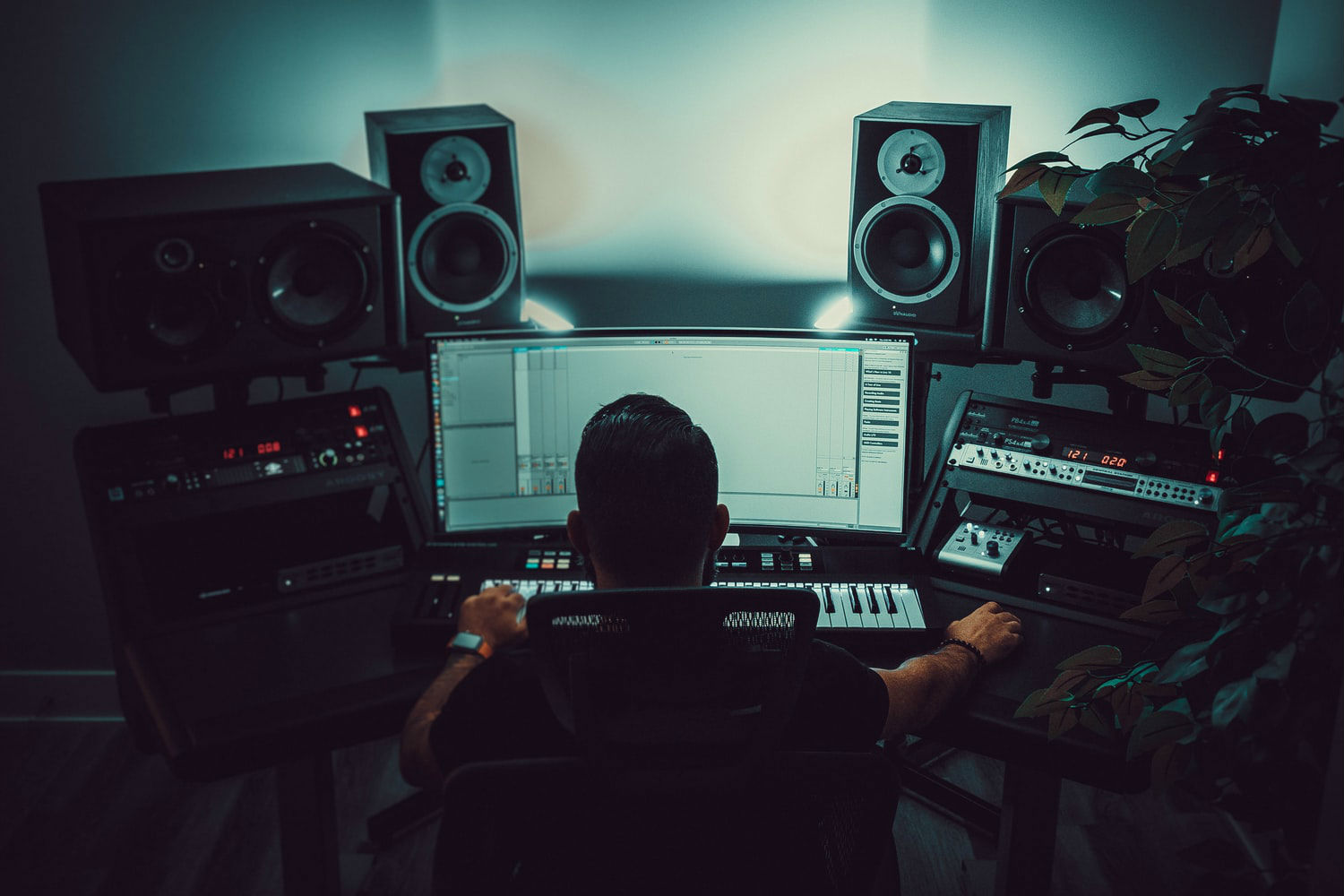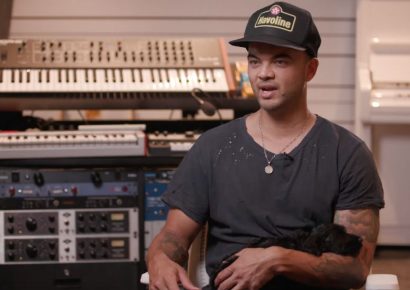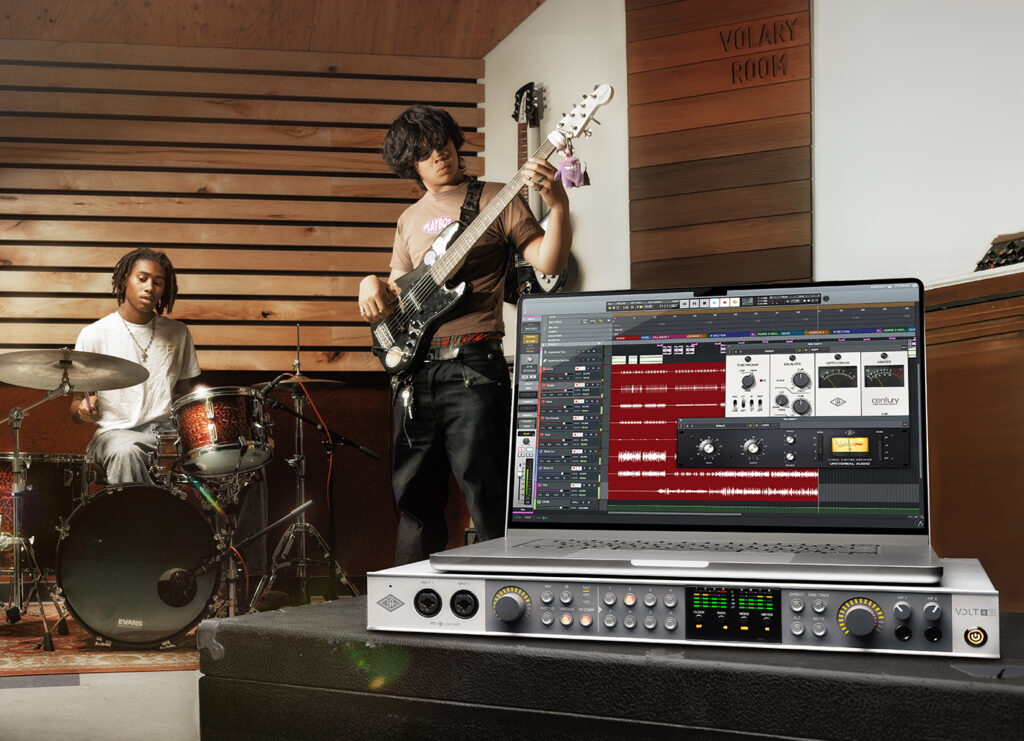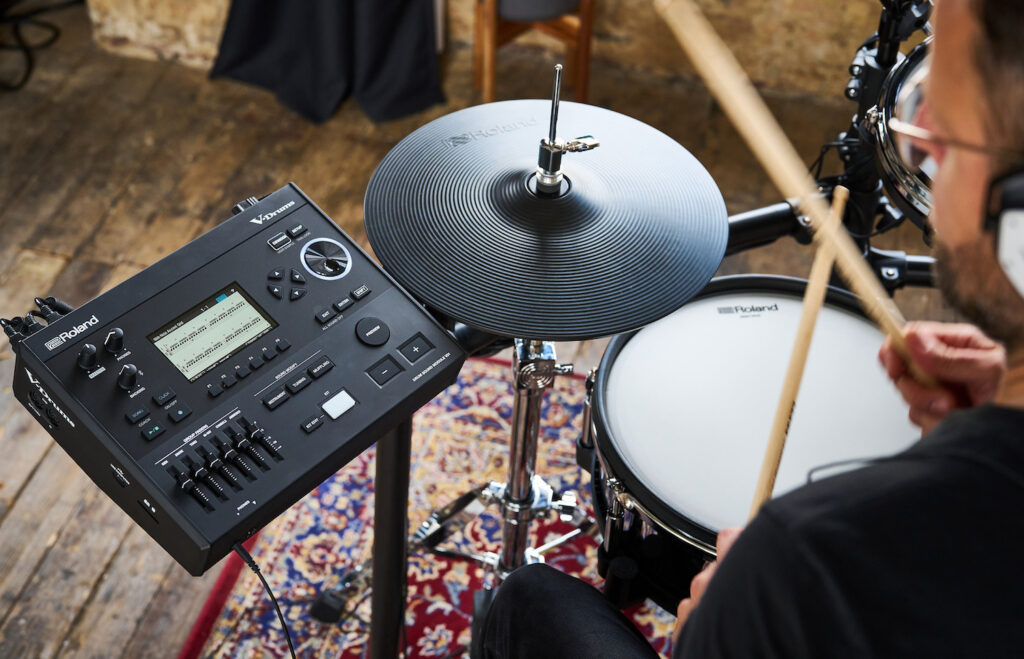You could be excused for thinking that APRA annual AGMs are like any other stakeholder meeting, full of dry figures, and meaningless corporate jargon like “Synergy”.
However, with over 108,000 members, APRA is the largest member based organisation for creatives in Australia.
Consequently, APRA’s annual reports and its annual general meeting are a wellspring of information for those interested in the music business, and probably the best barometer we have for the current state of the Australian music industry.
With this year’s AGM going down as a virtual event due to COVID-19, we tuned in to dissect all the most important information from this year’s meeting – here’s our five key takeaways.
1. COVID-19 and the bushfires have devastated the music industry
While APRA CEO, Dean Ormston was generally upbeat, he acknowledged 2020 had been a challenging year for members.
“The bushfires and COVID-19 had a material impact on APRA AMCOS Group Revenue at $474.5m, up 0.6% on our 2019 result but down $14.4m on our budgeted figure of $488.9m,” he said.
A $19.4m reduction in public performance royalties is the most visible casualty of the last year, an almost $15m dollar reduction in broadcast represents an equally large challenge for musicians who make their living through licensing agreements. APRA have indicated this is the result of reduced advertising revenue in radio and television.
As live music in capital cities was largely unaffected by bushfires, and not impacted by COVID-19 lockdowns until March, the majority of this decline probably happened over the four months from March to June, when APRA’s annual reports are tabled.
2. Digital is profitable, but not for everyone
Over $200m in streaming royalties were collected by APRA in the last year, representing almost half of APRA’s total royalties collected in the 2020 financial year.
While a number of high profile international musicians like Taylor Swift and the Black Keys have pulled their music from Spotify, streaming music has become the norm both domestically and internationally.
This presents an almost insurmountable challenge for a studio based independent musician, who would need over 15 million Spotify plays a year in order to make minimum wage.
View this post on Instagram
3. The average APRA Member does not engage with the organisation on a political level
Only 50 of APRA’s 108,000 members registered to attend this year’s AGM, representing less than 0.05% of the organisation’s members. APRA’s head of Legal and Corporate services, Jonathan Carter said was “a higher number than typically attend the physical APRA AGMs in the Sydney office.”
The AGM’s single resolution to “maintain the Directors’ fees for the 2021 financial year at the same level as the fees for the 2020 financial year” was passed by a staggering 51,195 weighted votes to 87, cast by just 31 members.
Given the low attendance of the meeting, and APRA’s weighted voting system, which grants members 5 additional votes for every $2500 they earn in royalties the previous financial year, it is evident the attendees were not representative of APRA’s rank and file membership.
These figures would indicate the average AMG attendee made over $800k in royalties last year, or, 318 times more than the average for an APRA member.
APRA have strongly rejected the allegation they have tried to keep anyone from attending the meeting, with Carter stating “We strongly disagree with this suggestion. We sent notices of meeting to all APRA members eligible to attend the meeting on October 15.
“We publicised the AGM in our member publication APRAP and on our website. It was made absolutely clear to all members that pre-registration for this year’s virtual meeting was a required.”
4. Progress is being made on Gender equality, but there is still more work to do
APRA have been making a lot of the right noise about female membership and representation within the organisation, setting ambitious 40/40/20 targets for events, panels and leadership roles.
Despite this, progress has remained sluggish within membership, with only 30.7% of new APRA members identifying as female, and a total female membership cohort of 22.4%
APRA are currently running a number of promising initiatives to help female identifying members across the the music industry, including grants, mentoring programs and workshops, with the intention of “doubling annual female membership applications within three years, a year on year increase of 25% new female members.”
5. International Revenue is driving APRA growth, with the Asian Market showing the greatest potential for growth into the future
International revenue rose by 15% in financial year 2020, to a record $54.4m. Significantly, digital revenue overtook radio for the first time in international revenue, indicating that more people overseas are choosing to listen to Australian music than ever before.
This is primarily driven by digital growth in the Asian market.
According to Carter, “In the 2019-20 financial year, APRA processed more than one trillion music uses in the multi-territory digital licensing hub”. The subtext here is this growth is not only driven by demand, but APRA’s investment in technology which makes it easier to obtain licenses both domestically and abroad, and the uptake of digital streaming in the Asian market.
Never miss a story – sign up to our mailing list for all the latest news, reviews, features and giveaways.



